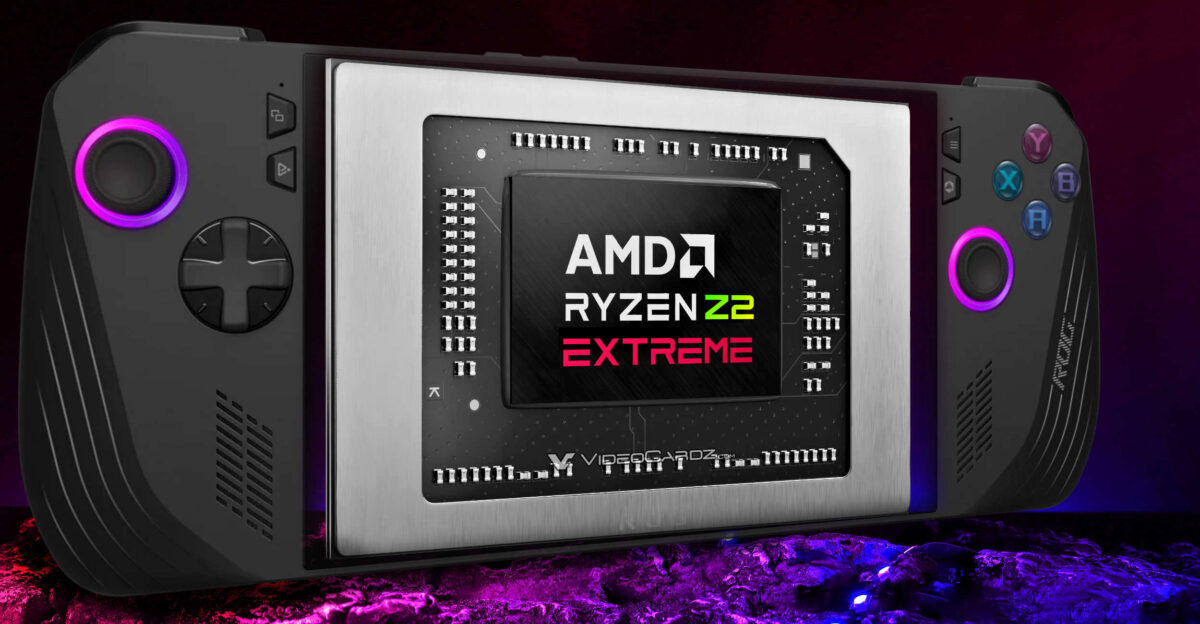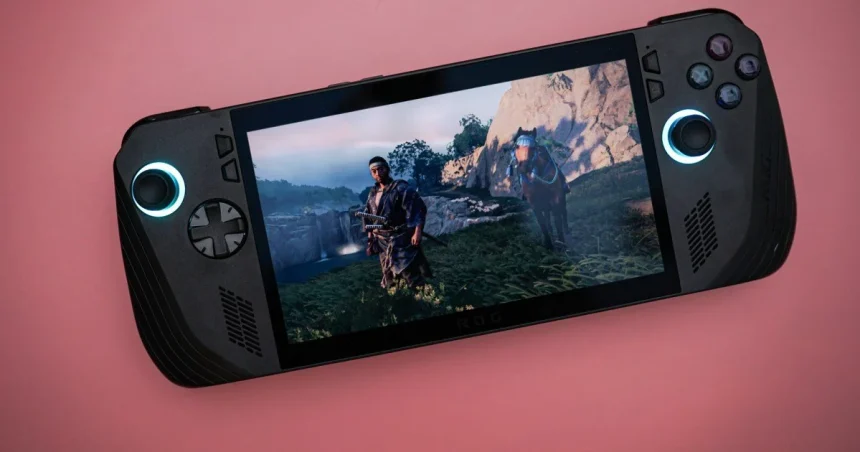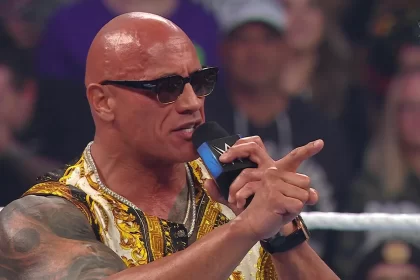One of the notable announcements at IFA, despite not drawing extensive attention, was the introduction of the AMD Z2 Extreme processor.
This new chip is set to succeed the current Z1 Extreme, which is used in several leading gaming handheld devices, including the Lenovo Legion GO and the ROG Ally X.
Although details about the Z2 Extreme are still limited, it is anticipated that this processor will offer improved efficiency, resulting in better battery life and enhanced performance.
Battery life has been a significant concern with current Windows-based gaming handhelds, and the Z2 Extreme is expected to address this issue. The chip’s improved performance will likely make it a substantial upgrade.
Last month, AMD released Fluid Motion Frames 2 (FMF2), which is designed to enhance performance and battery life. FMF2 is capable of providing a considerable increase in FPS on current-gen handhelds while reducing the strain on the processor.
Although FMF2 has some issues, such as disabling itself during intense on-screen action, it offers a look into future advancements.

With the Z2 Extreme potentially delivering higher efficiency and performance, combined with a more refined FMF2, significant improvements in the user experience could be on the horizon.
According to Digital Trends, AMD did not provide specific performance details, but some indications were given. AMD’s Jack Huynh suggested that the Z2 Extreme might enable gameplay of Black Myth: Wukong for up to 3 hours on a handheld, compared to the current 45 minutes.
If accurate, this would represent a substantial enhancement in battery life, making next-generation handhelds much more appealing to mobile gamers.
The Acer Nitro 7 is expected to be one of the first handheld devices featuring the new Z2 Extreme chip, with AMD also collaborating with other partners.
This suggests that by 2025, updated versions of popular models like the Lenovo Legion GO and ASUS ROG Ally X, which currently use the Z1 Extreme chip, may be released.
It will be intriguing to compare handhelds equipped with the Z2 Extreme to competitors such as the Steam Deck and MSI’s Intel Lunar Lake Claw 8 AI+.
If AMD meets its goals, we can anticipate a significant leap in battery life and performance, with more PC gaming handhelds potentially hitting the market in early 2025.







